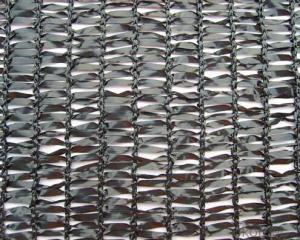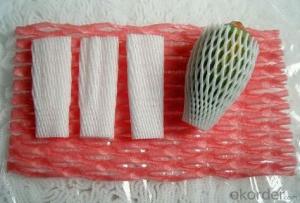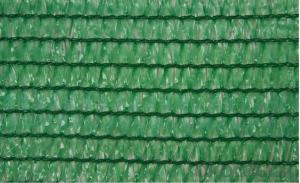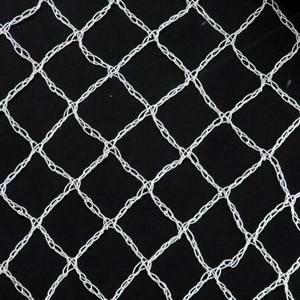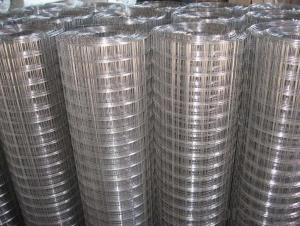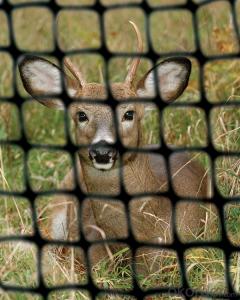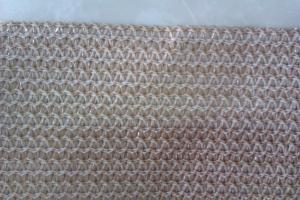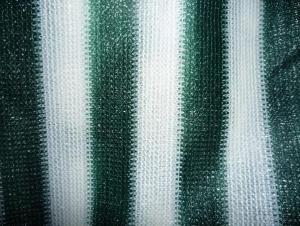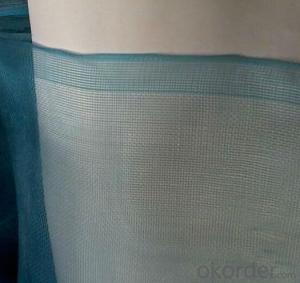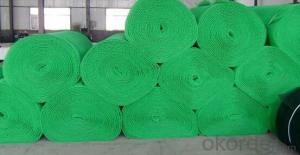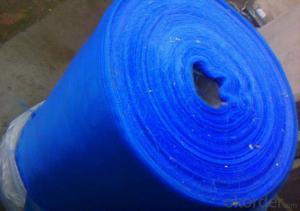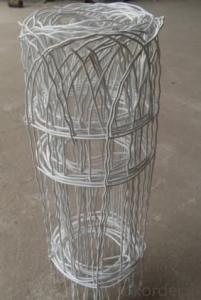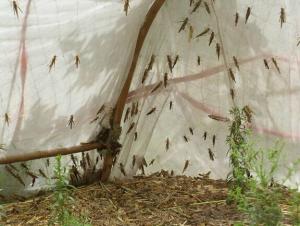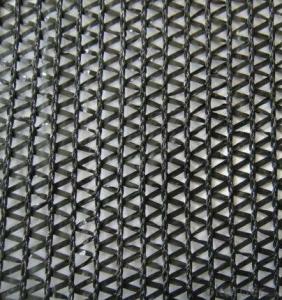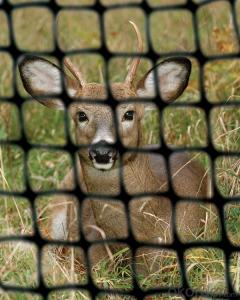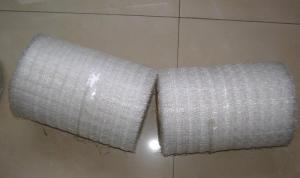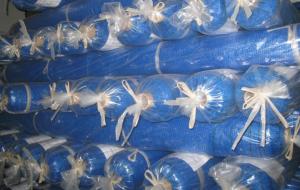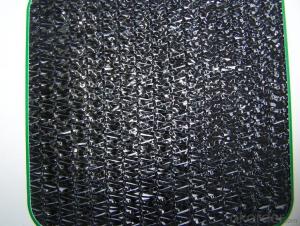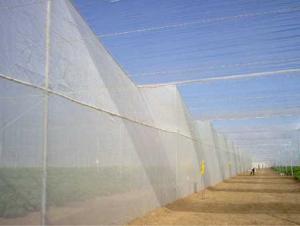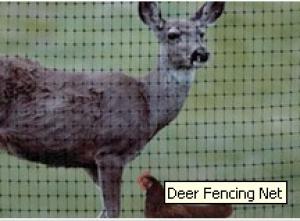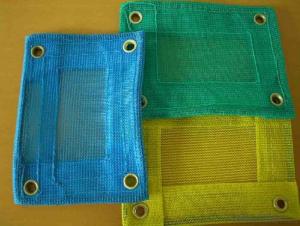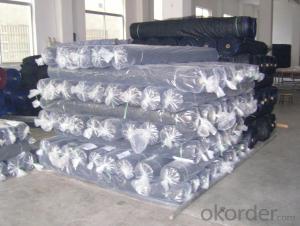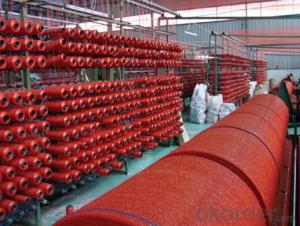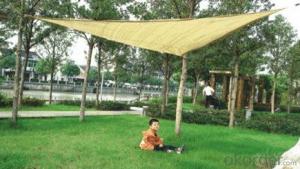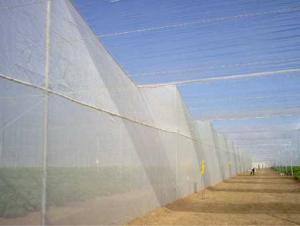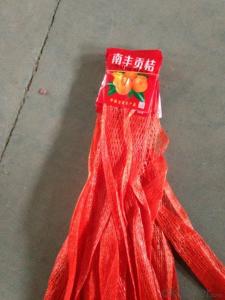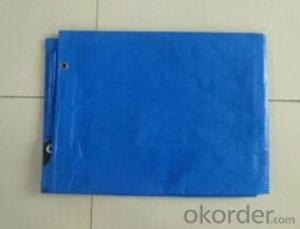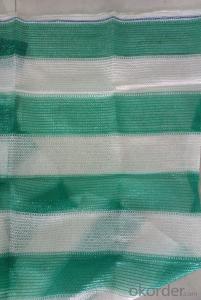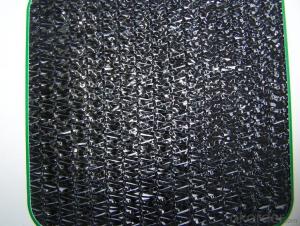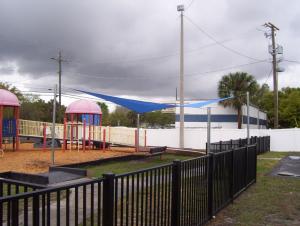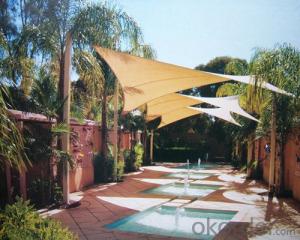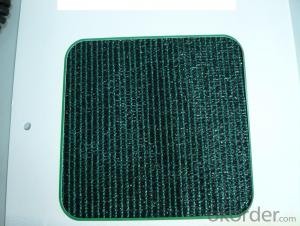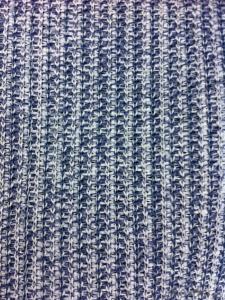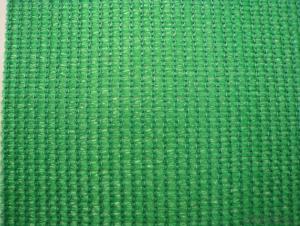Green Plastic Netting
Green Plastic Netting Related Searches
Garden Plastic Netting Clear Plastic Netting Plastic Netting For Gardens Plastic Safety Netting Plastic Wire Netting Plastic Netting Uk Plastic Netting Nz Black Plastic Garden Netting Rigid Plastic Netting Plastic Garden Netting Uk Plastic Deer Netting Plastic Garden Netting Fencing Protective Netting Green Plastic Roofing Sheets Garden Plastic Sheeting Flexible Netting Garden Screen Netting Barrier Fence Netting Green Plastic Fencing Roll Poly Tube Netting Protective Plastic Sheeting Agricultural Netting Suppliers Large Rolls Of Plastic Sheeting Corrigated Plastic Roofing Greenhouse Plastic Sheeting South Africa Plastic Greenhouse Uk Buy Sheet Plastic Plastic Mesh Deer Fencing Wholesale Plastic Hanging Baskets 6 Mil Plastic SheetingGreen Plastic Netting Supplier & Manufacturer from China
Green Plastic Netting is a versatile and eco-friendly product that is widely used in various industries. This type of netting is made from high-quality, durable plastic materials that can withstand harsh weather conditions and maintain its integrity over time. It is known for its sustainability and resistance to UV rays, making it an ideal choice for long-term outdoor applications.Green Plastic Netting finds its application in a multitude of scenarios, such as agriculture, construction, and sports facilities. In agriculture, it is used for crop protection, bird control, and trellising. In construction, it serves as a safety barrier to prevent debris from falling onto pedestrians or vehicles below. In sports, it is utilized for court dividers, goalposts, and boundary markers. Its versatility and durability make it a popular choice among professionals and DIY enthusiasts alike.
Okorder.com is a leading wholesale supplier of Green Plastic Netting, boasting a large inventory to cater to the diverse needs of customers worldwide. With a commitment to quality and customer satisfaction, Okorder.com ensures that the Green Plastic Netting they provide meets the highest industry standards. Their extensive selection and competitive pricing make them a preferred choice for businesses and individuals looking to purchase this product in bulk.
Hot Products

